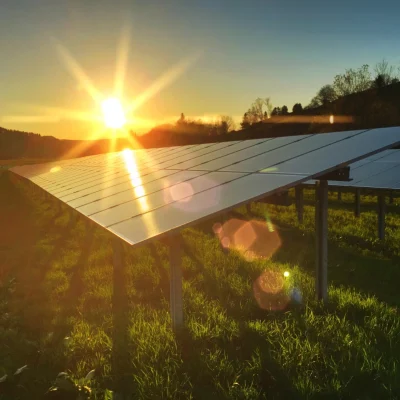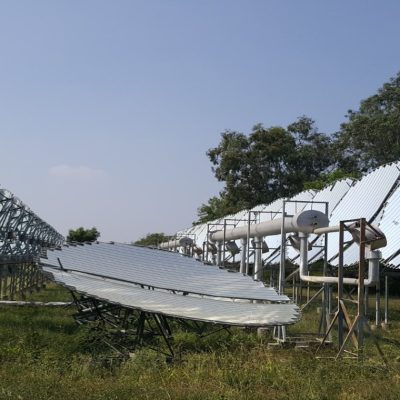Globally, the production of renewable energy is increasing, and in 2020, it accounted for more capacity addition than nuclear and fossil fuels combined for the first time. In general, the heating industry is slow to adopt renewable energy, and this trend is especially evident for industrial process heating. In process heating, renewable solutions can cut down on the use of fossil fuels and carbon dioxide emissions. Because process heating supplies account for almost two-thirds of the total final energy consumption from a manufacturing site, there is a huge scope for change in the pharmaceutical industry. Major pharmaceutical businesses all around the world have set ambitious goals for their energy usage in the future, and this industry is predicted to adopt solar process heating more frequently. Biomass and geothermal sources can also be utilised for process heating in addition to solar energy, although they have some limitations.
Why CSP should be used for process heating

For applications requiring high, medium, and high temperatures (400 °C to 150 °C), industries typically use thermal energy in combination with thermal fluids that are frequently used in industrial processes (thermal oil, steam, superheated water, and air). However, concentrated solar energy can perform very well in these situations. It is a completely renewable, storable, and adaptable technology that can be incorporated into existing industrial processes.
Its thermal storage capacity (TES) gives it complete management (heat generation-demand adjustment), enables the heat input to the process to be independent from the availability of the sun (even reaching 24/7), increases the annual hours of renewable energy delivered to the process (percentage of solar coverage), and lowers losses.
Process heating at Tapi Food Products in Surat
Tapi food products situated in Surat Gujarat installed solar schefflar dishes for process-heating in the manufacturing facilities as part of a process reorganisation and the installation of continuous production. On the warehouse roof, a Fresnel collector system with a 100SQM [10 Dish X 10 SQMS] aperture area and a capacity of 230 kWth for direct steam generation was installed. Fresnel collectors utilize uniaxially tracked mirrors to focus sunlight on an absorber tube containing a heat transfer medium capable of reaching temperatures of up to 100°-150°C and 8kg/cm2.


